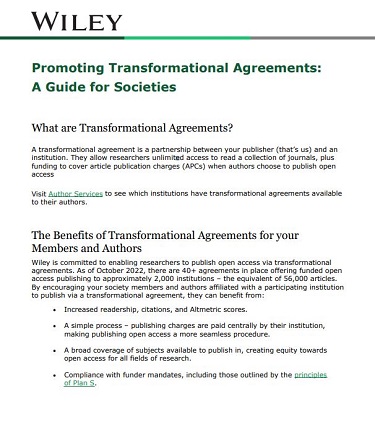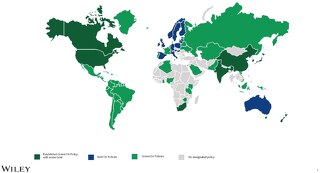how-journal-editors-can-use-altmetric-for-reporting-and-strategizing
June 20, 2018
Questions are what drive academic publishing, and in the ever-evolving publishing landscape, questions surrounding the presence, use, and impact of research online are becoming more prominent.
These are questions Altmetric can help answer. Editors, authors, and publishers all use Altmetric to track research outputs online, and relative to journal publishing, there are three main areas to investigate:
- How am I doing?
- How are they doing?
- What should I be doing?
1. Informing, or How am I doing?
A key question for any research output is: How many citations, downloads, and mentions is it receiving? These are measurable statistics that can be understood and shared with colleagues, departments, and funding bodies.
Altmetric can answer this question by showing how an article is performing in the online world; in both an immediate and long-term context.
First, there are the real-time scores on article pages, acting as an easy way for authors to track their online attention. For editors and publishers, there are regular alerts which flag when an article is experiencing a lot of attention, allowing them to react to what is being said; whether positive or negative.
For a longer term perspective, Altmetric’s reporting tool provides monthly (or more) reports for journal editors so they can track article performance (by research topic, type and location of attention). For many, this broadens the understanding of how their social media promotion fits into the wider picture. The new visualizations also make it much easier to show the way attention is gathered and to pull out patterns.
These reports are produced by the Wiley journal team after consultation with the editors.
2. Comparing, or How are they doing?
The next question after ‘How am I doing?’ is invariably ‘How is everyone else doing?’
Altmetric doesn’t have a clear ranking system, but the data it collects provide an idea of how a group of journals are performing relative to each other. Comparing specific journals requires some manual work, but it can be done, as can:

Comparing attention across several journals, including and excluding Twitter.

Comparisons of specific articles within a subject area.
It’s important to keep in mind that the data are never perfect –the pool is large, often out of date, has self-determined parameters, and can produce errors. But it provides a basic idea of what is happening on a larger scale and contextualizes journals and their articles within related research in the online world.
3. Strategizing, or What should I be doing?
Using Altmetric for reporting is easy, but data for data’s sake is pointless. These reports need to provide not only information but also answers and ideas. For editors, the key question when thinking about strategy is “what should I be doing/what do I want to achieve?”
What most editors want to achieve is a high number of online mentions leading to increases in readership. This serves as another way to promote research, and demonstrate impact. And this is where using Altmetric data for strategy comes in. There are some obvious ways we can use this information to think strategically about journal or article promotion. By observing what content gains attention, how, and from whom, and having measurable figures and examples rather than anecdotal evidence, we can identify appropriate articles and channels for promotion.
Altmetric insights can also improve your own social media strategy by tracking articles and providing better understanding into social media communities.

Social media accounts are difficult to maintain, and the measures of success are not static. Altmetric provide insights that inform and enhance your social strategy by identifying key influencers and hot topics, and measuring the impact of an image or a hashtag. Essentially, it offers the tools for a better online presence.
While online presence is important, downloads and citations remain two of the most important measures for articles. But with research beginning to demonstrate a link between the social media sphere and these metrics, it’s becoming increasingly important to consider the relationship between all three elements and to focus on each individually. Altmetric is only one tool within a range of data analytics, but it contributes to a picture of multidimensional usage which answers - and often leads to even more - important questions about journal performance.










